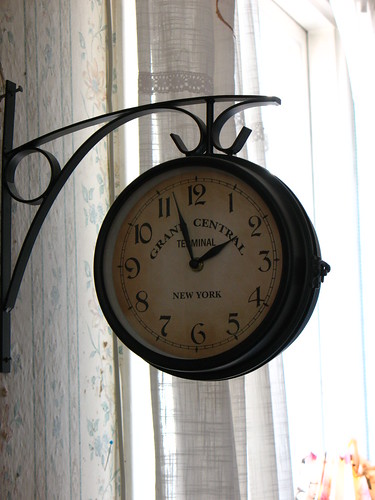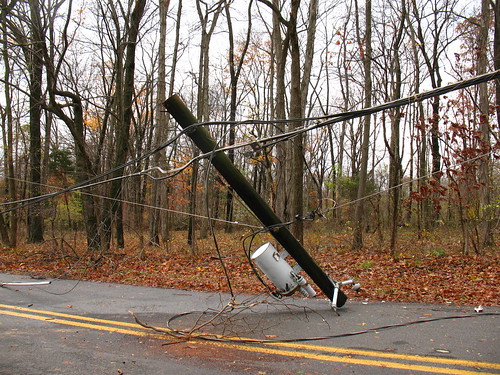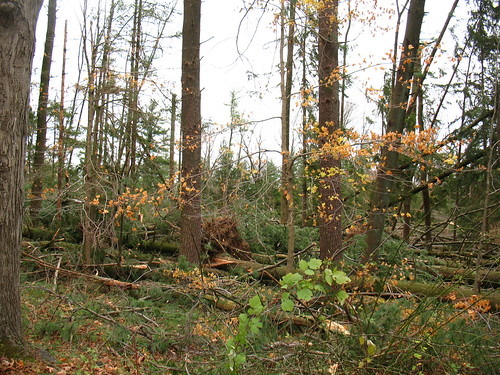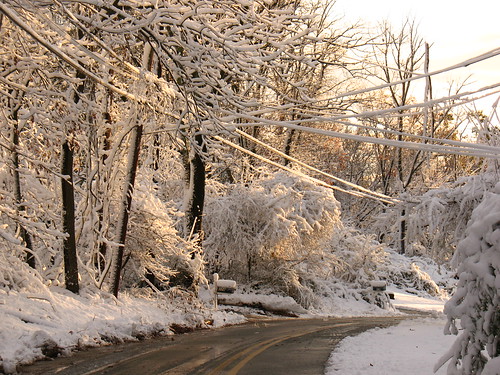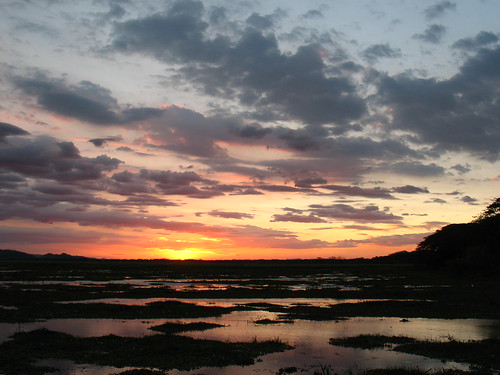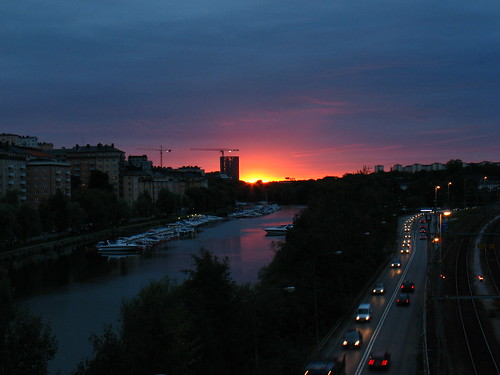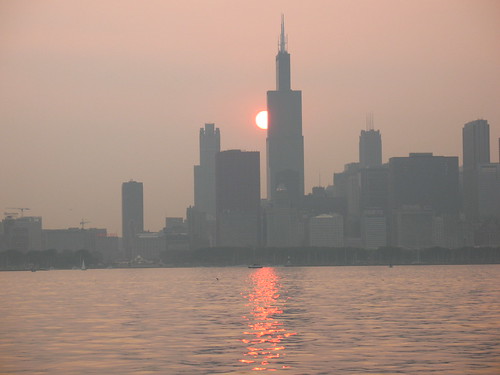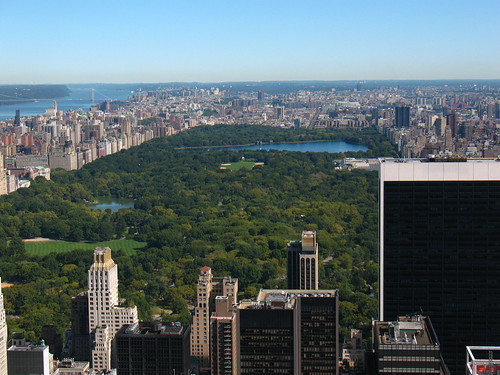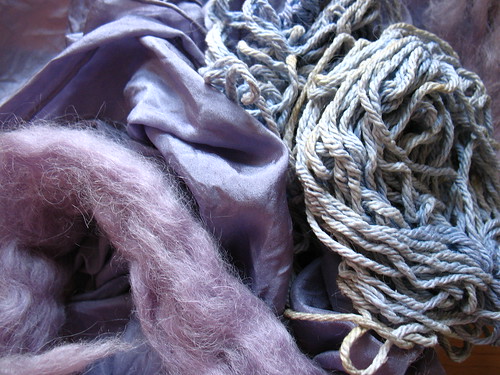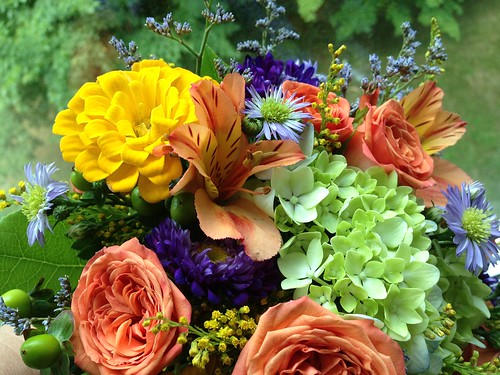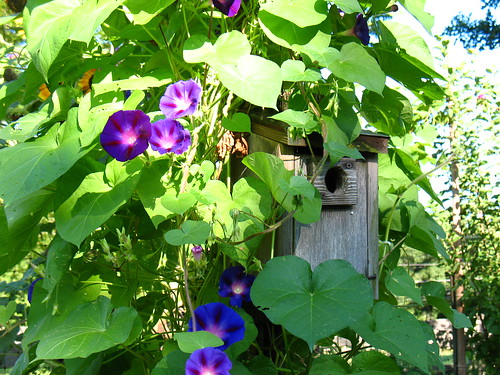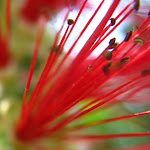Dan före dan (The day before The Day)
Today is the day before THE DAY, at least in Sweden. Swedes don't care much about Santa fitting through the chimney, reindeer sleighs in the sky, and stockings hanging precariously (and fire unsafetedly) at the fireplace. What Swedes do is very different.
Santa actually comes to your house on Christmas Eve, knocks on the door, and asks 'Are there any nice children here?'. And the kids have to answer (and you better say 'yes' or you will be in trouble. And then he takes out presents out of his big burlap bag, and hands them out to everybody. After a while he says that he has more houses to visit, so he is just going to leave the bag with presents for all of you, and then he leaves.
Soon after, Dad/Uncle/Big Brother/Grandpa shows up at the door after getting more firewood/checking on the ham in the basement/trying to find a screwdriver in the barn and all the kids say 'You missed him, he was just here!!!'. :)
Santa's name in Swedish is JULTOMTEN. Jul means Christmas, same word as Yule, and tomte are the little gnomes that are helpers around the farm. Before the tradition of jultomten, it was a goat that came to the house and delivered presents, called JULBOCK. I am not making this up, it is true, and it was the tradition before Santa became common. We still put up things in our Christmas tree that looks like goats, made out of straw. There are also lots of little 'tomtar' (gnomes) hanging in our tree, supposedly keeping it safe. Now when the cats are not inside anymore, we don't have to worry too much about the safety of the tree ornaments.
Swedes also have lots of candlelight, angels, stars, birds, and pigs around for Christmas decorations. We have Christmas trees too of course.
Here are some Swedish Christmas stamps for you all to get the Swedish Christmas feeling. The illustrators are Ilon Wikland (above) and Björn Berg (below). God jul!







